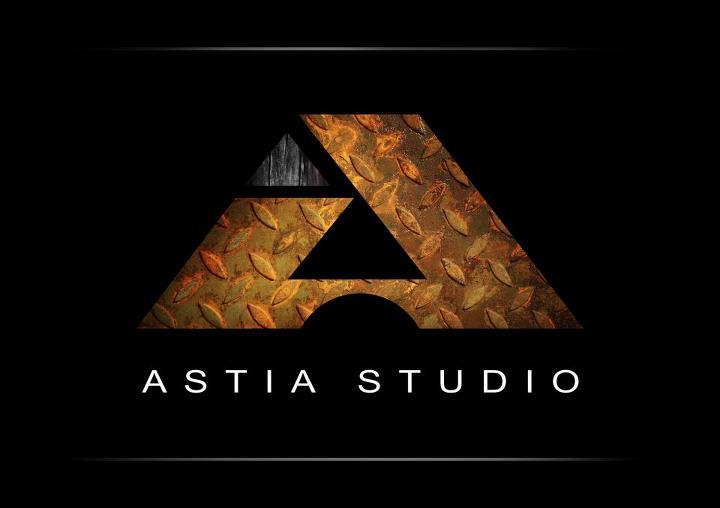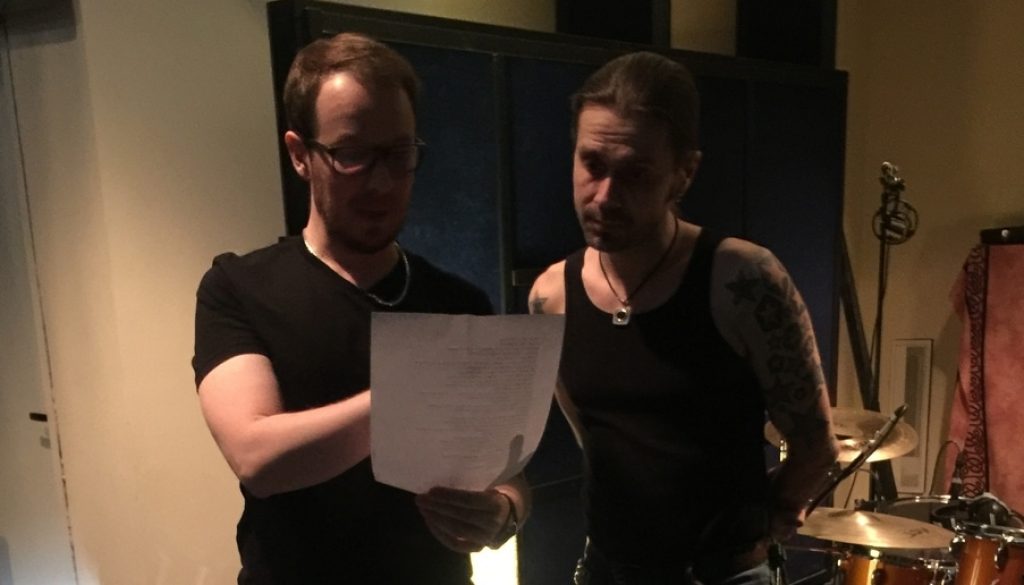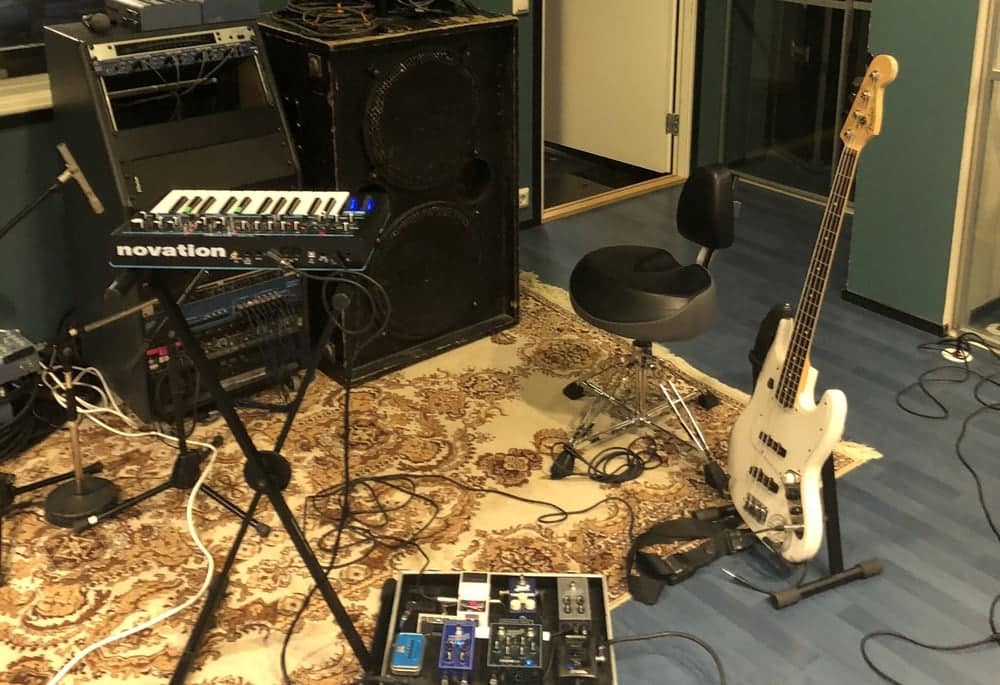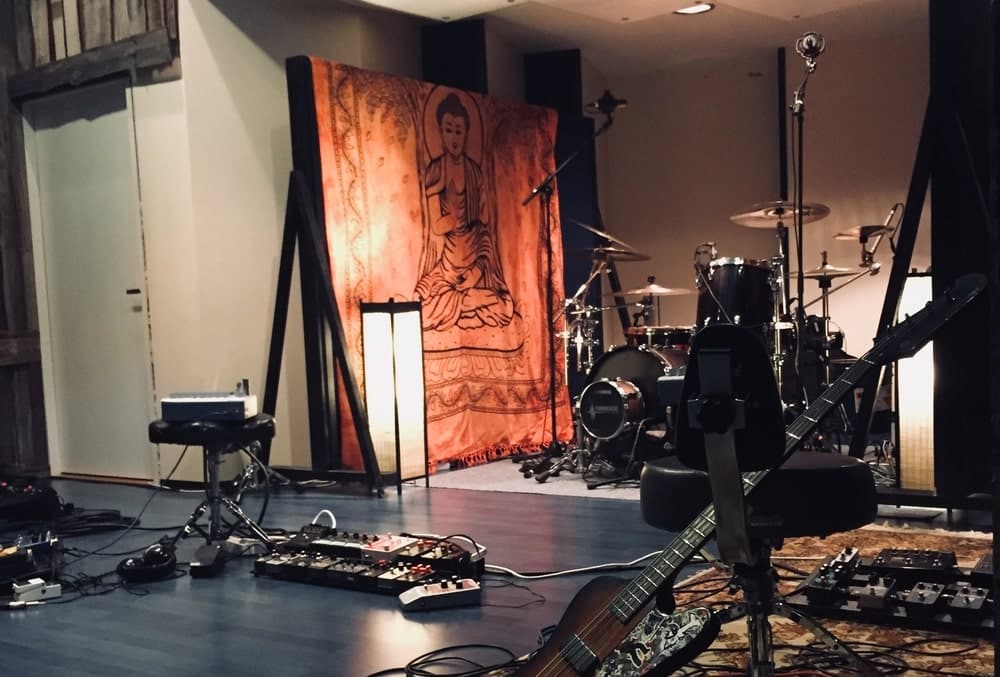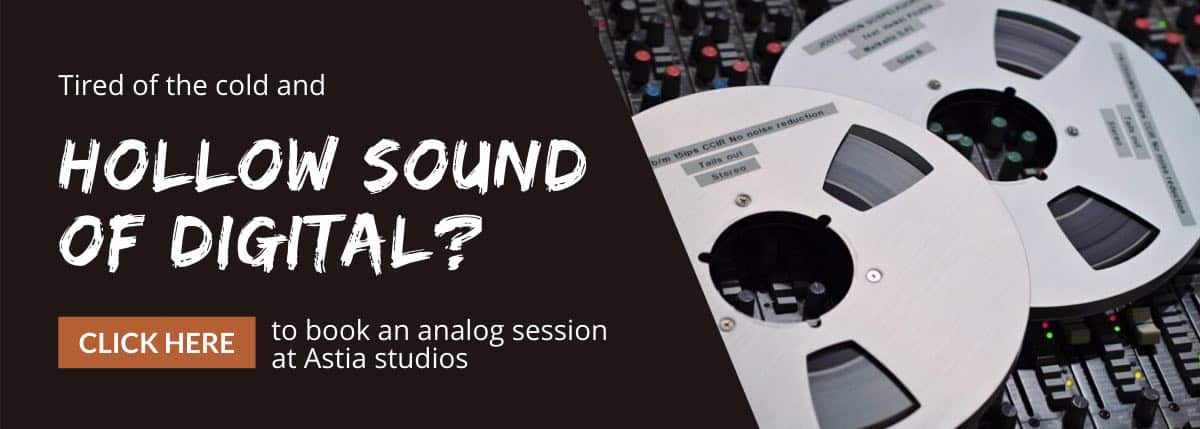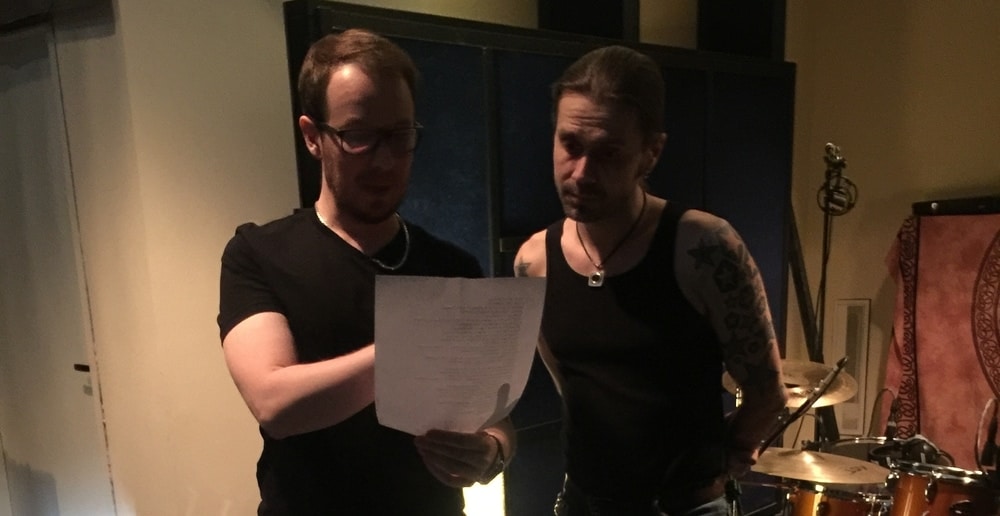How to improve bass sound pt. 2
We continue our How to improve bass sound post with full comments from Jari, Lasse, Lauri and Pekka. They bring up several very good points like how distortion can eat out low frequencies, the anatomy of bass sound and how tape seems to “forgive” small mistakes compared to computer recording. Some share their thoughts very thoroughly which I personally find highly interesting. Sound is the sum of many things and every factor affects it. So, let’s get informative and by that I mean how to improve bass sound to be exact.
Read our other post about the topic:
Lasse Hietala’s latest experience
I never was too picky about bass sound during recording. Usually once the drum sound is set I’ll listen and figure out the sound that fits the drums. To me those two elements are the soul of the song.
On our latest Oliver band session with Anssi we tested the Vovox cables and the difference was pretty obvious. Sound became clear and a lot more detailed. I would never have thought that a cable would have such a radical effect on bass sound.
I also loved our latest session due to the fact that we tracked both songs live with the whole band. That was an eye-opening situation. We rehearsed a lot more before the session and you can hear it from the result. Live performance is something completely different also when recording. I like to play along with the drummer. Even though the songs were very different from each other, I managed to record them both with our drummer Tero so the rehearsing paid off. We’ve always track bass along with drums when working with Anssi and usually overdub some parts after completing the drums. If you go to studio well-rehearsed and concentrate on good emotion, it’s great to get away with less takes while the tape is rolling.
We did our latest session on tape and I was very excited to experience the recording from the old days. Just to see the tape roll made me smile and it was cool to hear the live takes. You hear the good and also the not-so-good stuff, but that’s all genuine and honest stuff.
I have a long history with Anssi from the past 15 years and I like his relaxed way of making music along with the fact that his current way of recording is very convincing.
–Lasse Hietala / Oliver
Pekka Johansson’s deep analysis on bass sound
This is how I see the structure of bass sound
Bass player -> Bass -> Bass settings -> Amp/preamp (if working also with line signal) -> Effects etc.
Bass player: The foundation is the musician and the touch. In my opinion every musician has a unique sound and certain manners that create the foundation for the sound.
Bass: Choose the bass that fits your sound by testing several different models. It can take years until your experience leads you to the right instrument or instruments, depending on the style you play.
Bass settings: Even a quality bass can sound horrible if the settings are not right. Especially truss rod, intonation and the pickup height are among the most critical. Every bass player should master these basics if the goal is the greatest of sound. If your knowledge is limited only to changing strings, that’s definitely not enough.
Amp/preamp: When choosing the amp or preamp one should listen how things mentioned above sound i.e. the direct signal. The ear will tell you which frequencies of your instrument are the strongest part and the amp should emphasise these even more. By testing different equipment you can find the best one to fit your sound.
Effects etc.: You should pay attention when using effects on bass. Distortion is pretty much the default in bass sound, but you need to be careful not to eat out too much low-end. If overdrive, fuzz or other buzzers are part of your sound, I recommend splitting the signal so that the mixing / recording engineer can also have the clean signal. This way you don’t have to compromise and the clean line signal can help to keep the low-end how it should be.
If you have parts where you push the pedals on and off, I recommend considering again. Effect pedals can eat out all low-end or boost it too much. That affects the over-all sound of the whole band.
Tracking with the drummer
For years I recorded bass alone in studio or at home watching the computer screen tired and frustrated. In fact I started hating the recording process as it wasn’t going anywhere and all playing sounded like crap.
I found the joy of recording when for the first time I tracked bass along with drums on tape. All self-criticism and over-analyzing was gone just like that. Everything just sounded better – the playing, the sound, emotion and groove were back! Small mistakes here and there no longer sounded like a mistake as I had come to the realisation what “a good take” meant. This lead me from now on to only make sessions where I can record together with the drummer.
I think good take starts with good and relaxed state of mind. It’s easier to get into when playing with drummer as you can not only hear but also see the drummer playing. That’s how groove comes out more natural. I cannot quite put my finger on what it is with tape recording, but somehow the good emotion and groove are both tangible and clear.
Vovox cables
Bass sound is as good as the weakest link in the chain and I’ve noticed many times huge difference between instrument cables. After updating all the cables and PSU’s on my pedalboard to optimise the sound I was sure that I’d never ever have to buy another cable. I was skeptical to say the least when Anssi in the beginning of the session started demonstrating the Vovox cables. I was blown away how huge a difference in clarity just one Vovox cable made in my signal chain.
–Pekka Johansson / Faulty Messenger, ex-Amoral…
Jari Kärkkäinen gets detailed on sound, tape recording and cables
About bass sound
The sound of my instrument is naturally top priority. I fancy on dynamic and distorted bass sound in style of John Entwistle / The Who, Geddy Lee / Rush and naturally Lemmy / Motörhead especially on Overnight Sensation. I don’t use pedals as my sound comes from two channel Bluetone Killswitcher tube amp. One channel is Bluetone Dusty Road guitar amp and the other Bluetone Ace of Bass. You can mix these two from the amp. Once the amp is set right, playing is much more pleasant.
The difference in bass between home and tape recording
We always record a demo on computer at rehearsal room before entering studio. To find and capture great bass sound is a challenge. Bass usually sounds thin and too overdriven, kind of like a certain depth or dimension is missing.
When recording you need to play accurate, but for some reason when recording on tape it’s much more relaxed, the result has more groove and the sound is more alive. Computer recording highlights the rhythmic accuracy. I’ve noticed that in computer recording the accuracy should be around +-0,01 when with tape recording you can play +-0,1 accuracy without having a negative effect. This leads to more relaxed playing and having more fun allowing drums and bass to be captured simultaneously which results in better groove.
About cables
I’ve always known the effect of a quality cable as that is how the signal from the instrument gets to the amp, but I was blown away by how much the Vovox power cable affects the sound. After all it’s just delivering electricity to the amp. I could not have believed how much electricity affects the amp. How much power cable affects the sound is remarkable. One could say that you shouldn’t even consider tweaking the sound before removing all the external factors that disturb the sound.
Recording with drummer vs. recording alone
When recording each instrument separately you can hear how they all try to deliver 100% correct playing, yet the performance of the band is not there. Recording bass and drums together makes them more like one solid instrument, a band. Live recording is much more natural and easier compared to recording alone when all audio is coming from headphones only. Music is all about playing together.
–Jari Kärkkäinen / Kärkäs
Lauri Talikka’s greetings to live sound engineers and thoughts of the essence of bass
Bass sound is an interesting topic and I’m especially interested on the technical side. Yet, I’m not the best person to talk about it as during the years (or is it already decades – sounds scary!) I haven’t put too much effort on the topic. To me bass has always sounded either good or not.
What makes a great bass sound?
I believe to be that much of a traditional bass-o-teer that to me bass sound is pretty much all about the emotion. Bass should make your legs shake, while keeping all the notes readable. When considering the topic seriously on top of that fore-mentioned essence there are all those things that can and will be heard; frets, sustain, bends etc. I mostly play bass with other musicians and usually the small high frequency nuances bury under guitars, keyboards and other what-not-instruments. So all that is left is the emotion, the growl and that notes in general are different from each other. If I’d spend more time alone with my bass for example in my home studio (as I maybe should) I might have more to say about the sound.
My idea about sound is also the product of the fact that most live sound engineers couldn’t care less about the sound the bass player has created, especially the amp sound. They tend to use only the direct signal and then do what they feel is the best from mixing console – what ever that means. That led me kind of give up on sound several years ago when playing live and I ended up only having good monitoring from the amp without giving a damn. I also gave up on the dream of having that huge Ampeg tube amp and even heavier cabinet. They do sound god-like, but if that won’t be delivered to the audience, then why bother?
Few words about cables
I’m not good at them either as when it comes to sound I’m no a hifi-ass, yet there’s one thing that catches my ear and that’s interference. My ears are very sensitive for those things. As a jovial socialiser I most of the time don’t even bother mentioning, but in live-situation all hissing, brumm and zirps usually push me over the edge. No matter if I’m told they are not readable for the audience. So what does this have to do with recording in studio? Well, if interference in live-situation disturbs my sensitive mind then it naturally is even worse in studio. This department made Astia-studio stand out from others. When you need to concentrate on every millisecond with full focus rhythmically, technically and sound-wise, there’s no room for external stimulus. This applies when recording bass alone in tranquillity using headphones.
Recording together with others
I haven’t been a fan of that and would describe myself as an adaptable perfectionist; a person who can’t stand mistakes but can learn to face the facts even if they’d hurt my ear. This is why I’ve always rooted to playing instruments separately. Our latest experience in Astia-studio proved the opposite with no questions. Endless aim for perfection was overblown by emotion.
Recording together might be a bit like my ideal sound; making “legs shake” is a big part of music. It should also be felt to have the best energy. On the other hand the interference can eat that energy out and turn it into survival against irritation.
–Lauri Talikka / Yllätysesiintyjä
End of part two
Astia-studio imports and uses Vovox cables. When sound is close to your heart, you are welcome to a free demonstration. Contact us by clicking here and reserve a demonstration or upgrade your cables.
Thank you for reading the comments from some of the bass players who we have had the pleasure of recording on tape. If this post was helpful, please share it on social media. This way you will help your friends to benefit from the information.
I cannot wait to reply your questions and comments so please do leave them below. To reserve a full analog tape recording session, click here to contact me privately. Thank you very much and all the very best!
Astia-studio is a full analog recording studio located in eastern Finland with 25 years of experience. Bands and artists from all over the world including USA and the furthest corner of Russia, Vladivostok have arrived to us for tape recording sessions.
